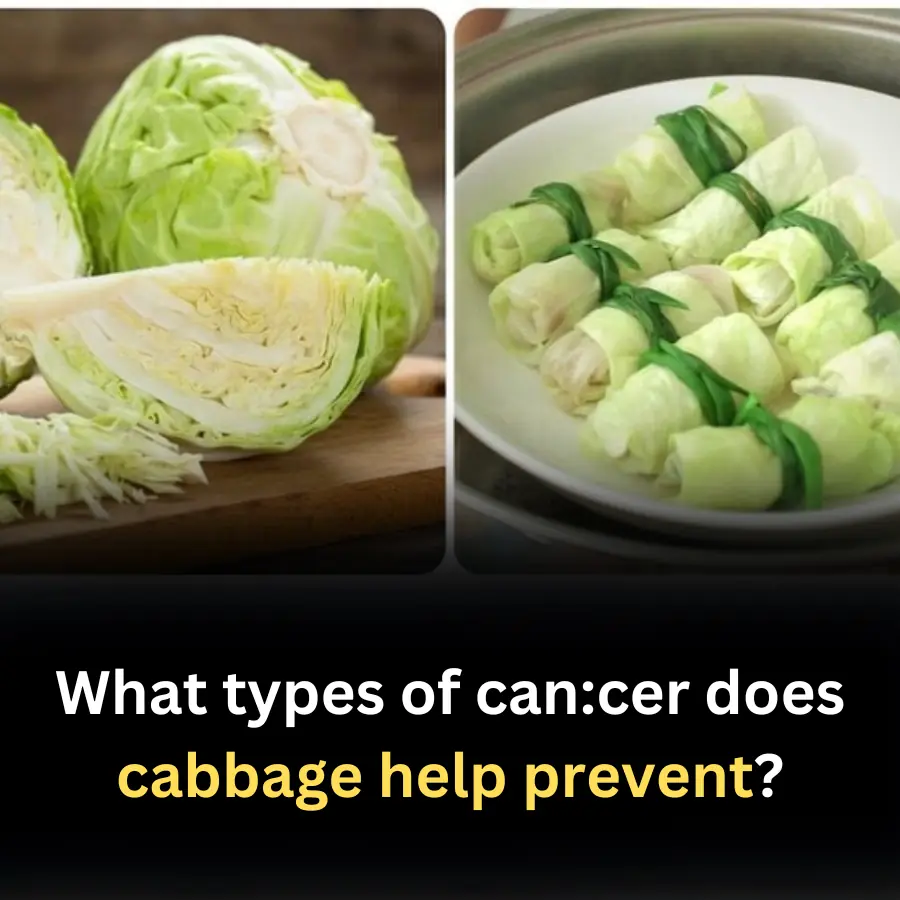
You need to distinguish between venomous and non-venomous snakes
How to Distinguish Between Venomous and Non-Venomous Snakes
When you are bitten by a snake, it's crucial to distinguish between venomous and non-venomous snakes in order to take the right action and avoid unnecessary harm. The key to making this distinction lies in understanding the physical characteristics of the snake. While all snake bites should be treated with caution, identifying the type of snake can help determine the urgency and the appropriate steps to take. In this article, we’ll explore the features you should look out for when bitten by a snake, including the shape of the head, pupil shape, snout, and body structure.
1. The Shape of the Snake's Head
One of the easiest ways to tell the difference between venomous and non-venomous snakes is by looking at the shape of their heads. A venomous snake such as the Cottonmouth (a type of pit viper) typically has a triangular head. This shape is characteristic of many venomous snakes, as it helps them house the large venom glands behind their eyes. These snakes will appear to have a broad head when compared to their slender neck.
In contrast, non-venomous snakes, like the Watersnake, usually have a round head. These snakes don’t have the specialized venom glands found in venomous species, so their head does not need to expand in the same way. The head will be relatively narrow and uniform, not flaring out like the triangular head of venomous snakes.
2. Snout Shape and Features
Another important characteristic to note is the snout. Venomous snakes, such as the Cottonmouth, tend to have a pointy snout. This shape helps them in hunting and striking at their prey. The pointy snout is also more pronounced in venomous species, giving the snake a more aggressive appearance.
On the other hand, non-venomous snakes, like the Watersnake, have a round snout. This rounded shape is much less pronounced and contributes to their less intimidating appearance. Non-venomous snakes don’t need to strike with venom and therefore don’t have the specialized head structures of their venomous cousins.
3. The Pupil Shape
The shape of the snake’s pupil is another helpful clue in distinguishing between venomous and non-venomous species. Venomous snakes like the Cottonmouth have elliptical pupils—similar to the shape of a cat's eye. These vertical slits are a key feature of many venomous snakes, especially those in the viper family.
In contrast, non-venomous snakes, like the Watersnake, have round pupils. This round pupil is much less striking and is found in a variety of harmless snake species. The difference in pupil shape can be seen when the snake is examined closely, especially when light hits its eyes.
4. Heat Sensing Pit
Venomous snakes such as the Cottonmouth possess heat-sensing pits on their faces, located between the eyes and nostrils. These pits allow the snake to detect the heat emitted by warm-blooded animals, helping them target prey with accuracy, even in the dark. These heat-sensing pits are a major feature of many venomous species, such as pit vipers, which rely on heat vision to strike effectively.
Non-venomous snakes, such as the Watersnake, do not have these heat-sensing pits. Instead, they rely on other sensory mechanisms, such as vibrations and smell, to locate prey. Therefore, the absence of heat-sensing pits is another way to distinguish between venomous and non-venomous species.
5. Body Structure and Skin
The body structure of a snake is another clue to its venomous or non-venomous status. Venomous snakes, like the Cottonmouth, tend to have a very broad head that leads into a skinny neck. This broad head is necessary for housing the venom glands. In addition, the skin of venomous snakes may appear to be more textured due to the presence of scales that help the snake to move through its environment.
Non-venomous snakes, such as the Watersnake, have a more uniform body shape. Their bodies are not as broad near the head, and their neck is typically not as pronounced. Their skin might be smoother and less textured compared to the rugged body structure of venomous snakes.
6. Tail and Vent Structure
The tail and vent structure of a snake are also indicators of whether it is venomous or not. Venomous snakes tend to have narrow tails that gradually taper to a point. The vent, or the cloacal opening, in venomous species is typically located near the tail and is used for both reproduction and excretion.
In comparison, non-venomous snakes often have wider, less tapered tails. The vent may be positioned slightly differently and is generally larger in proportion to the tail, indicating that the snake is not specialized for venomous strikes but for other survival tactics like constriction.
Conclusion: Know What to Do if Bitten
When bitten by a snake, it is important to stay calm and assess the situation. If you believe the snake is venomous based on the above characteristics, you should seek immediate medical attention. Call emergency services and try to remember the color, size, and shape of the snake to inform medical professionals. For non-venomous bites, it’s still important to clean the wound thoroughly and monitor for signs of infection.
Understanding how to distinguish between venomous and non-venomous snakes can be a life-saving skill. While venomous snakes can pose a serious threat, non-venomous species are often harmless and require much less immediate action. Always exercise caution when encountering a snake in the wild, and use these characteristics to help you react appropriately in an emergency.
News in the same category

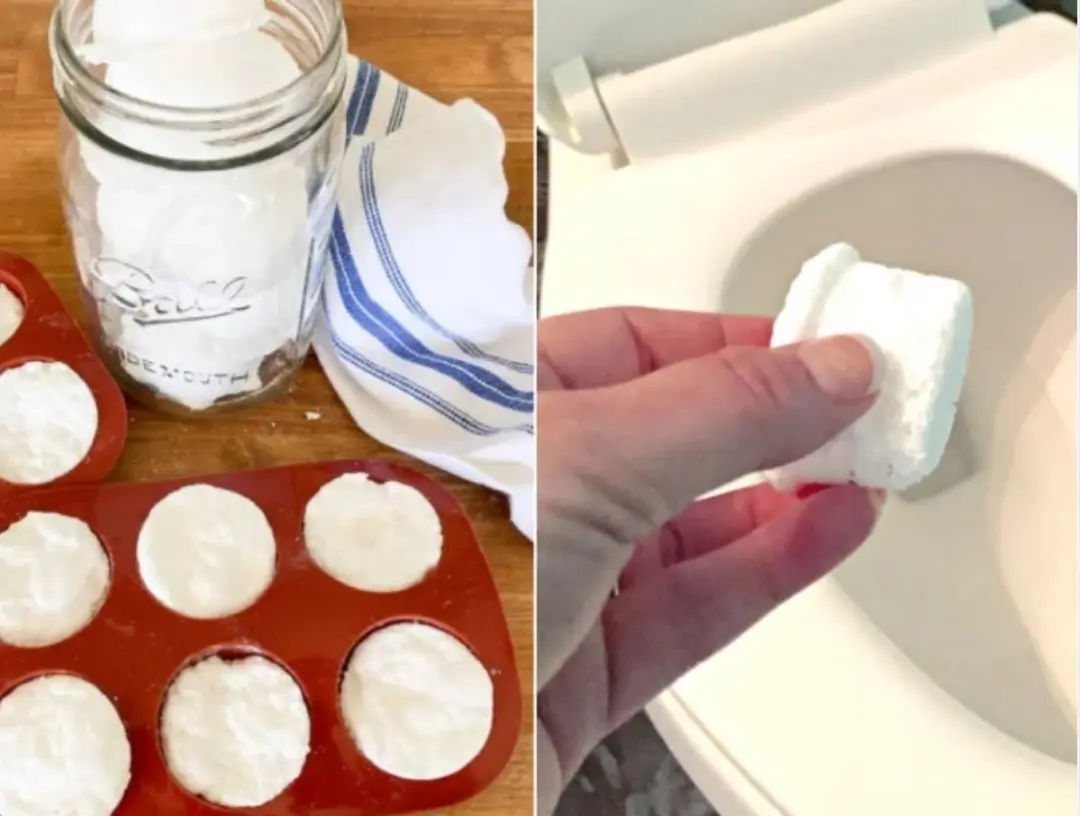
How to make your own toilet deodorizer using ingredients available at home
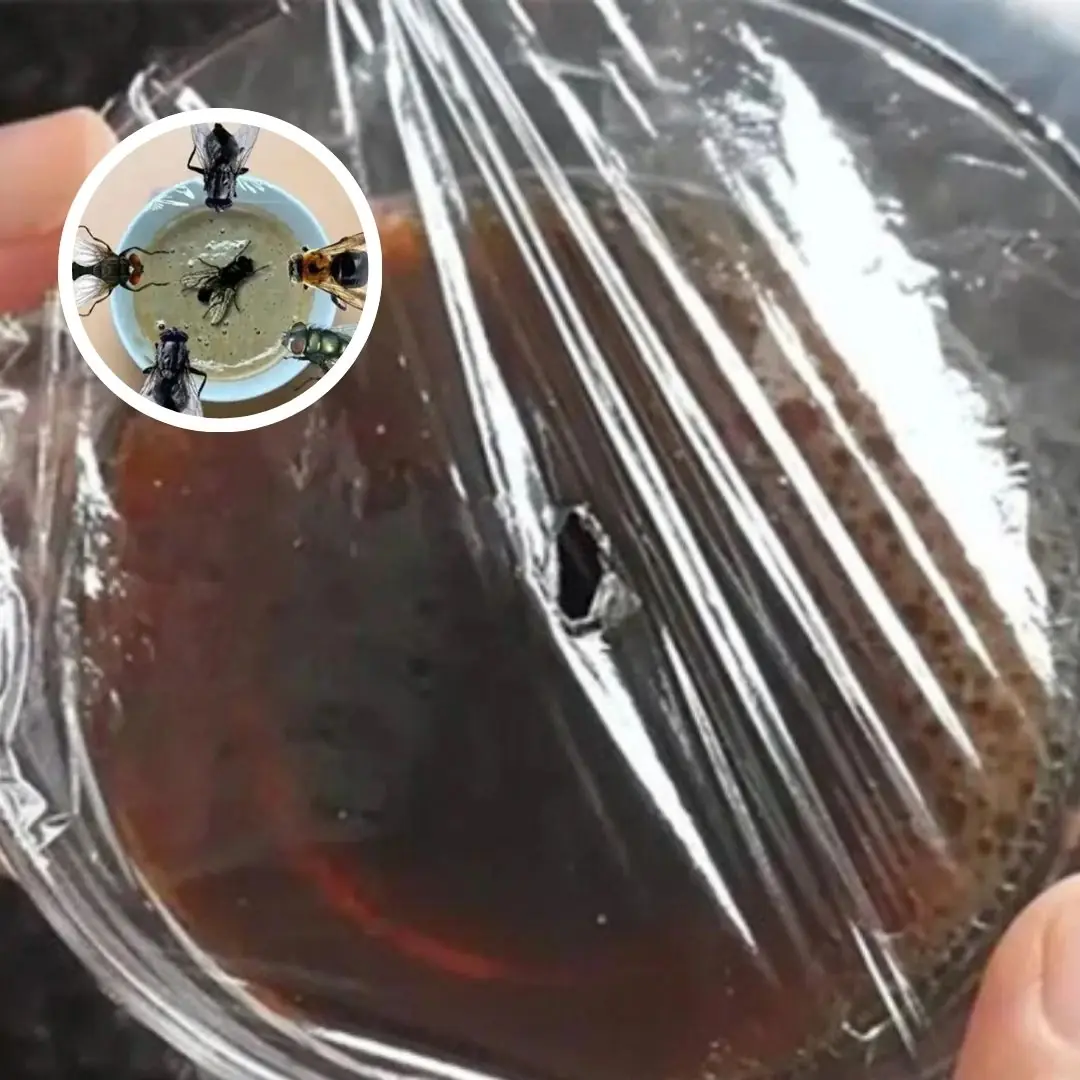
Don't let flies bother you – try these 5 super simple fly-repellent tips!

5 types of water that should not be stored in a thermos

Foreign object stuck in ear? 5 safe steps you need to know right away
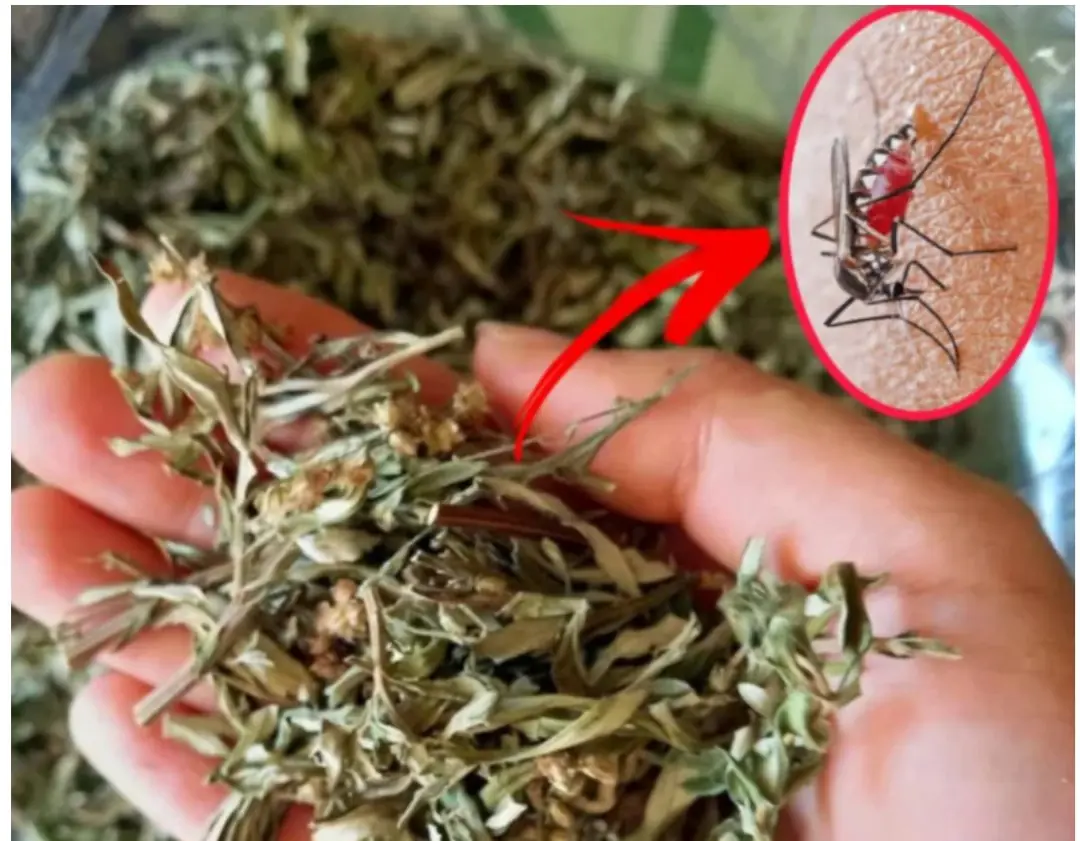
Mosquitoes fear this type of leaf the most. Leave some in the house and you won't see any mosquitoes.
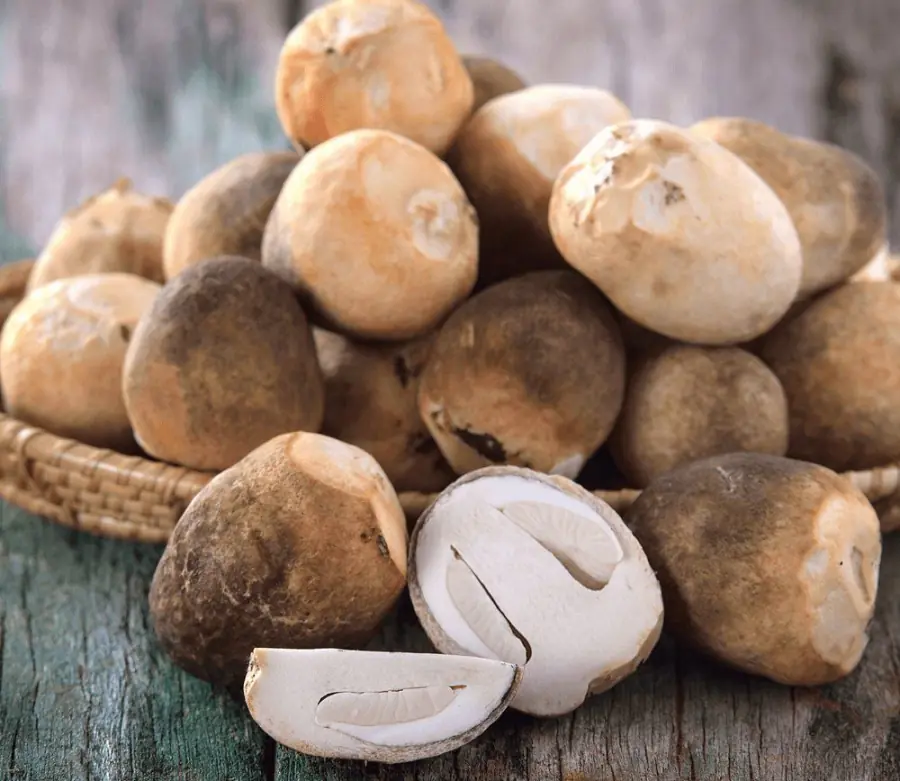
Warning: 4 wrong ways to prepare straw mushrooms that are harmful to your health
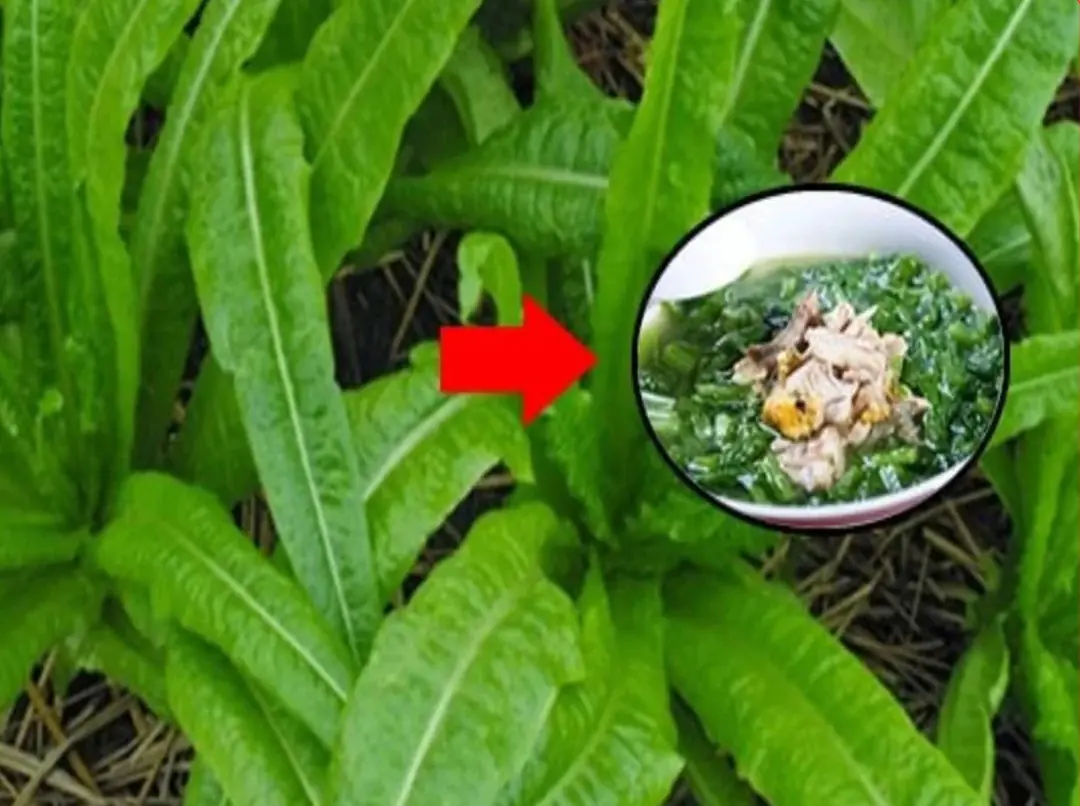
This type of vegetable has more calcium than bone broth, eating it every day saves you money on supplements
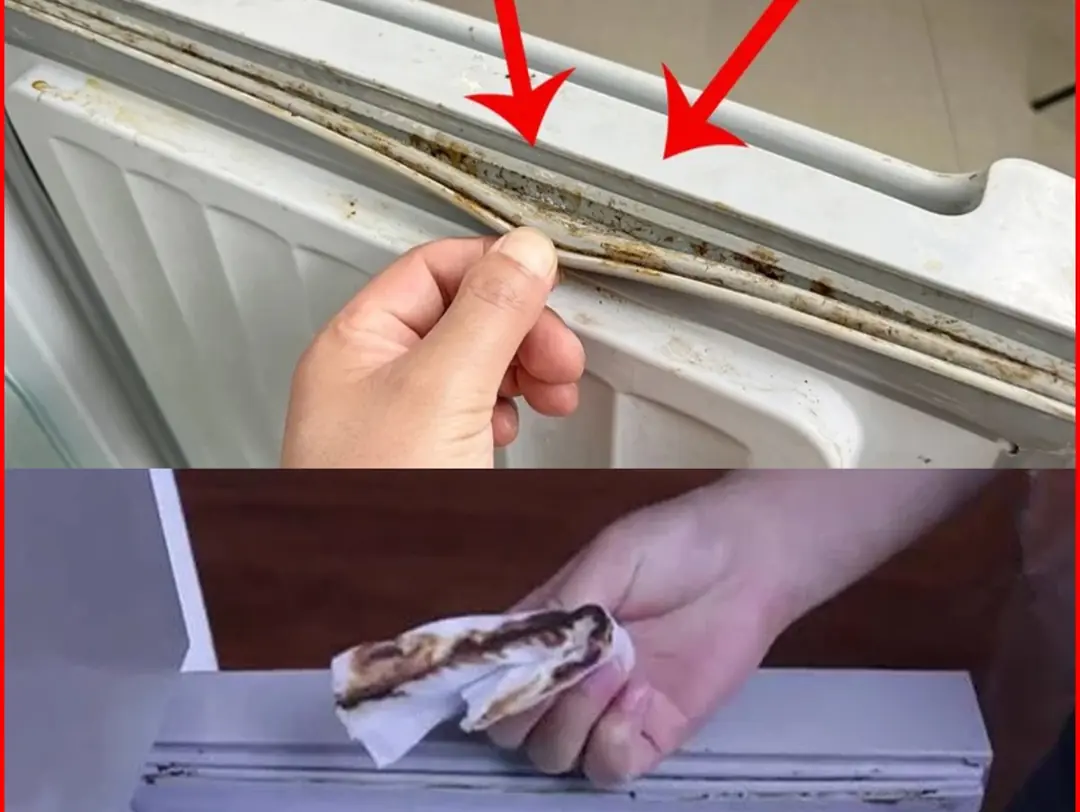
The refrigerator gasket is moldy, use this to clean it, it will be clean in just 5 minutes
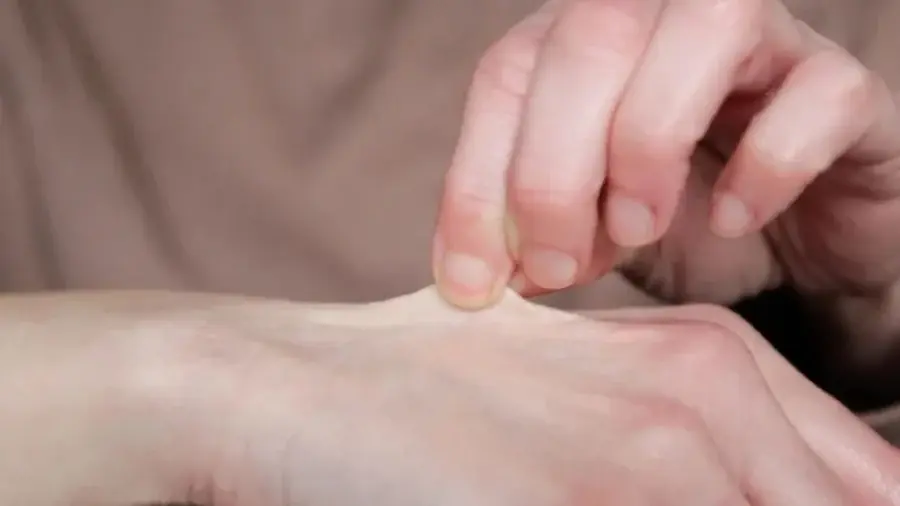
5-Second Skin Aging Test: Instantly Find Out Your Skin's Real Age
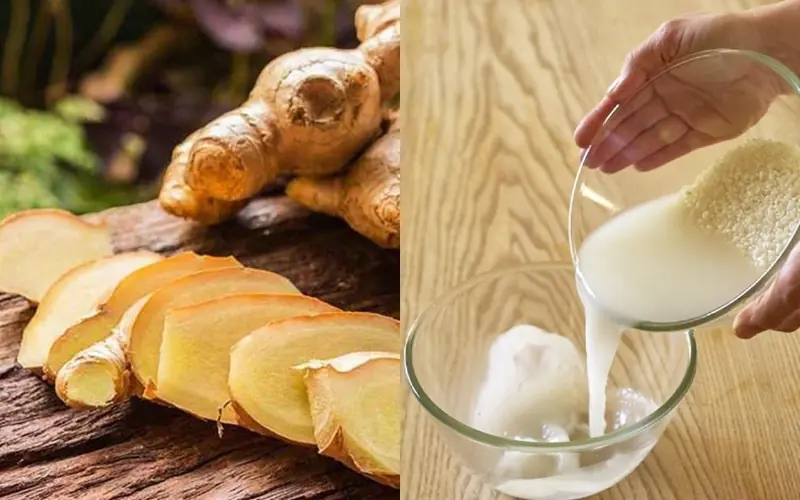
How to use rice water and ginger for healthy hair

4 Effective Home Remedies to Eliminate Mucus and Phlegm in the Throat, Sinusitis, and Rhinitis

Tips for boiling potatoes without water, in just 5 minutes, the potatoes will be soft and fragrant
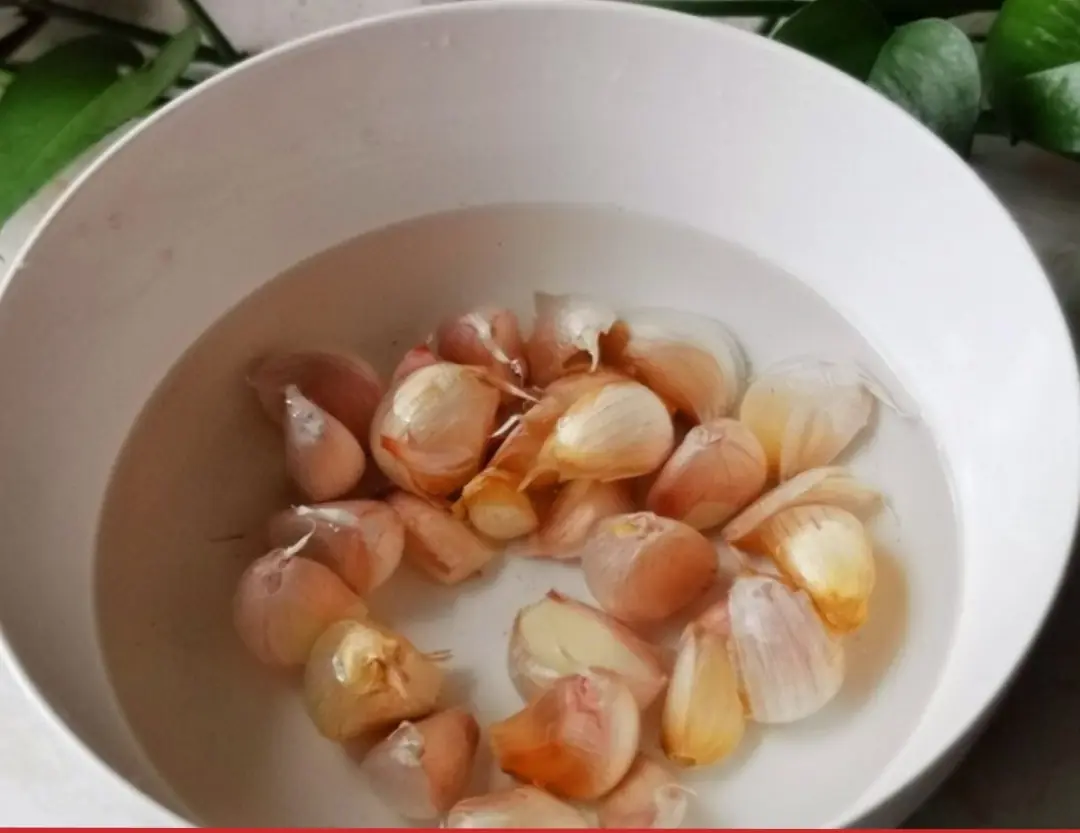
Peeling garlic by hand is old-fashioned. Here are 4 ways that are quick and don't leave a smell on your hands.

6 tips for using beer to condition and wash your hair to make it shiny, black, and reduce hair loss

Not everyone pays attention to this issue

30-minute tip to keep your refrigerator clean and odorless with cheap and safe ingredients
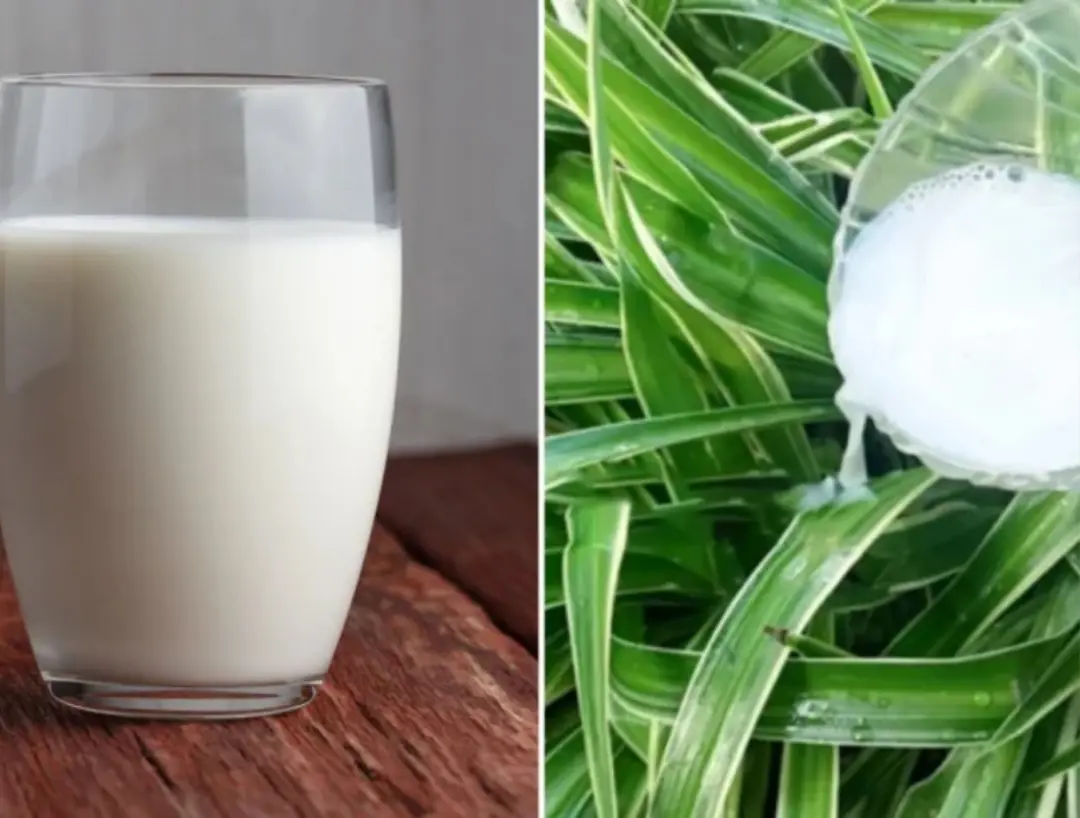
Expired fresh milk has 4 special uses
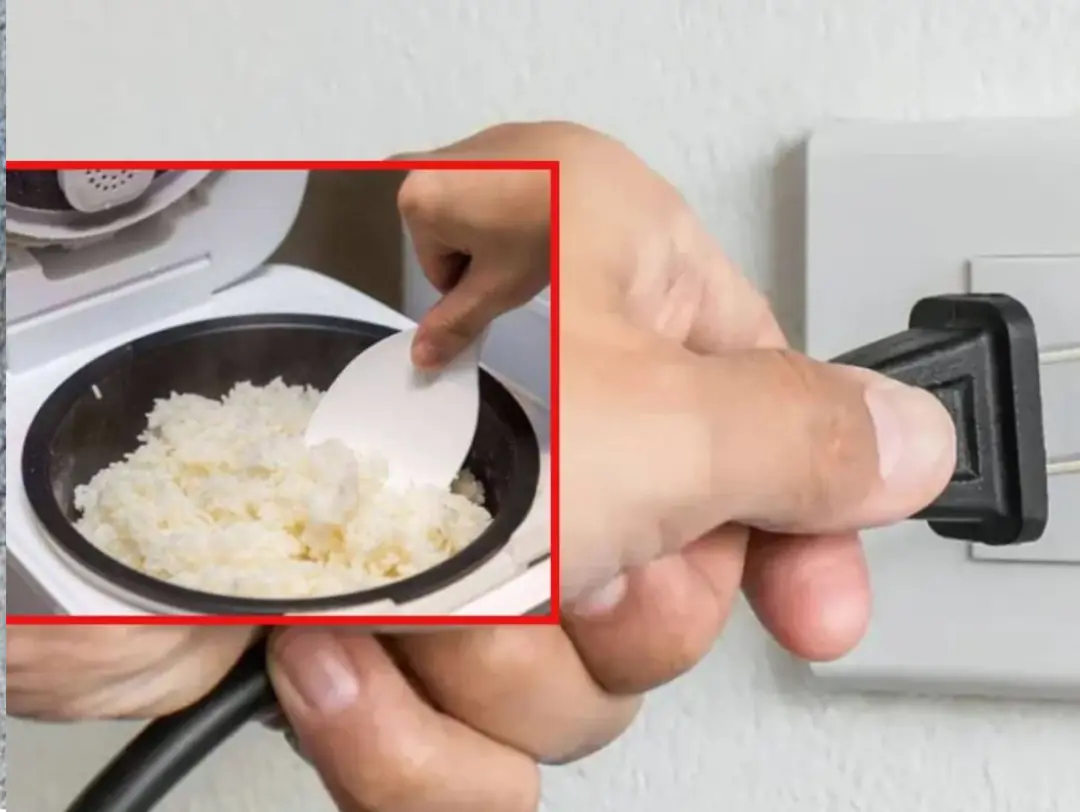
Do You Need to Unplug the Rice Cooker After the Rice Is Cooked: The Surprising Answer
News Post
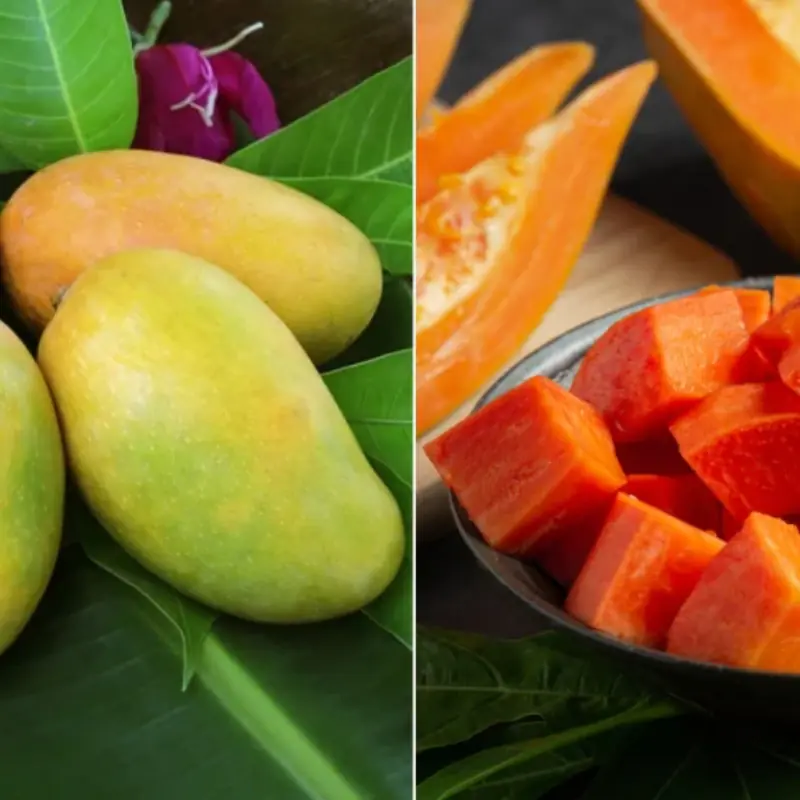
9 Nutritious Vegetables and Fruits That Can Make Your Skin More Sensitive to Sunlight If Eaten the Wrong Way — The More You Eat, the Darker Your Skin May Become
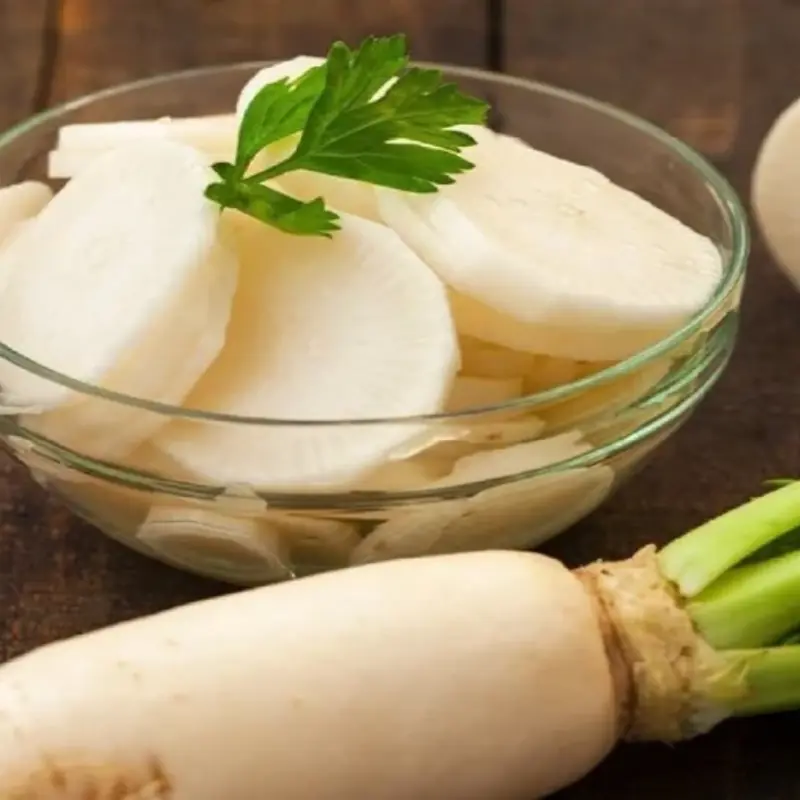
5 Types of Vegetables You Shouldn't Eat at Night: They Can Harm Your Stomach, Drain Vital Energy, and Are Especially Risky for the Elderly
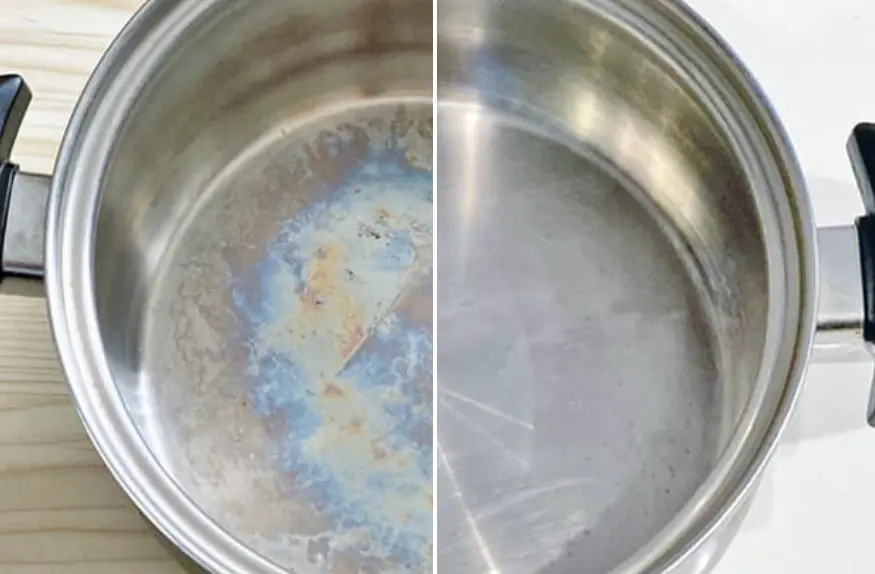
No Matter How Thoroughly You Clean, Stainless Steel Pans Still Show “Rainbow Stains” – The Surprising Truth Behind It

The Child Prodigy Who Entered University at 11 and Lost His Future Due to Low EQ: A Life That Now Draws Only Regretful Shakes of the Head

High Blood Fat Can Lead to Heart Disease and Stroke — But It ‘Fears’ This Cheap Fruit Commonly Sold in Supermarkets
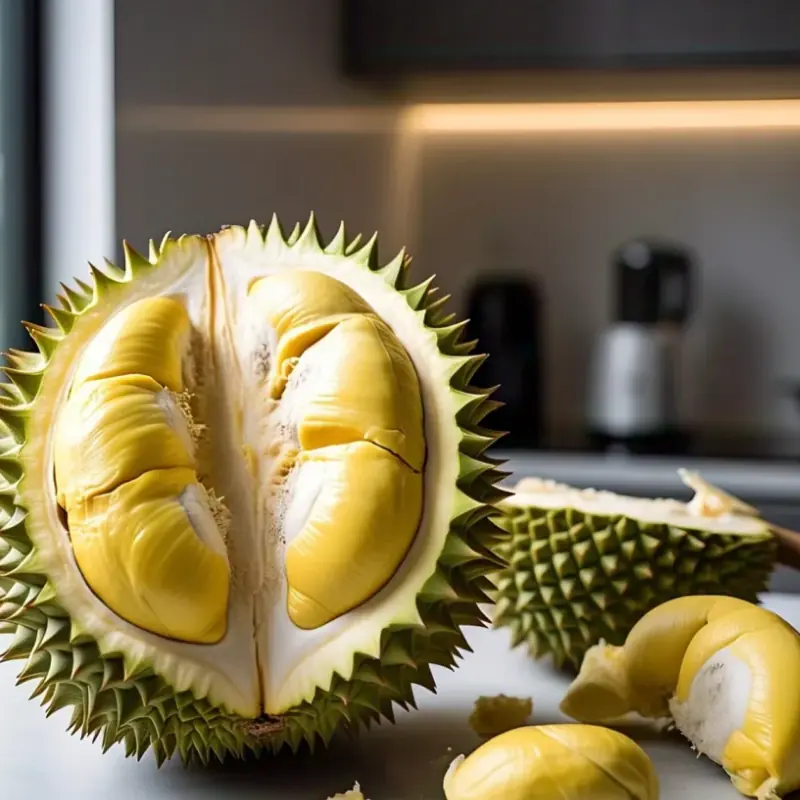
5 Types of Fruit That Are High in Calories – The More You Eat, the Faster You Gain Weight

What types of cancer does cabbage help prevent?
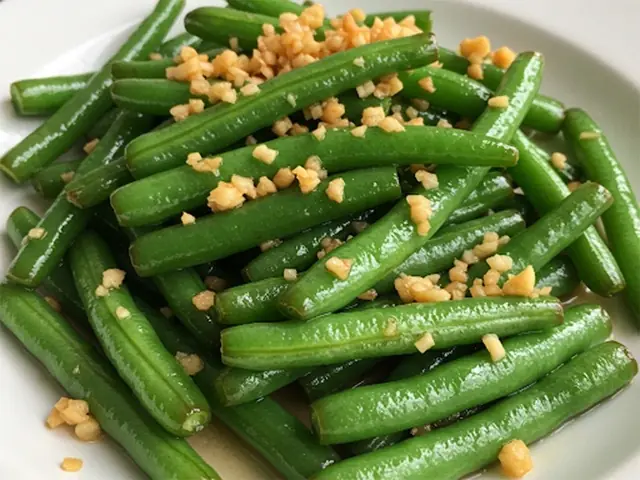
A plate of this stir-fried vegetable every day reduces blood pressure, cholesterol and the risk of stroke

How to make your own toilet deodorizer using ingredients available at home
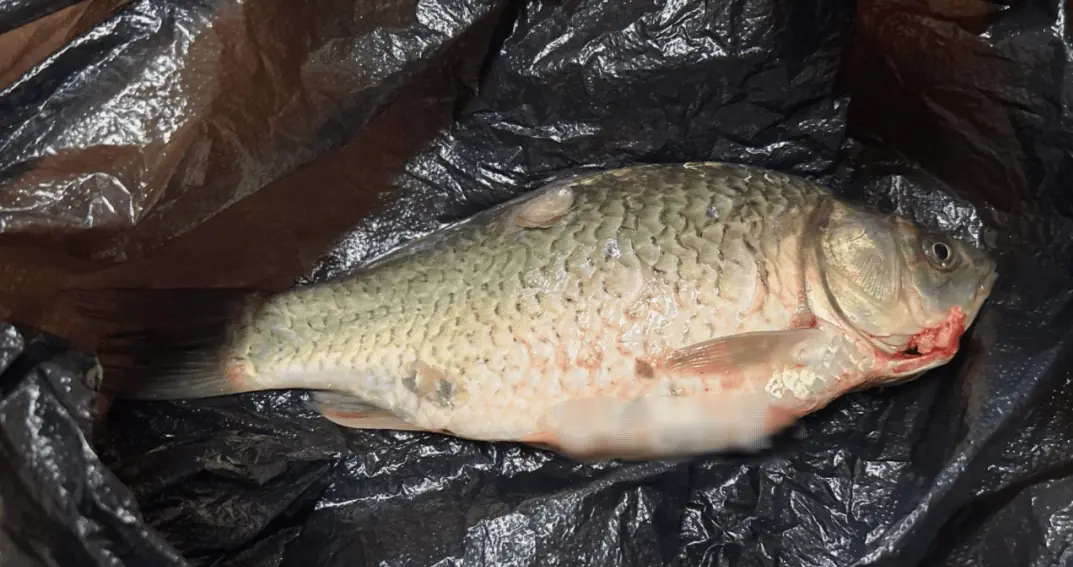
Seeing Fish Sold in Black Plastic Bags at the Market: Sellers Never Say a Word, But the Observant Will Know Why
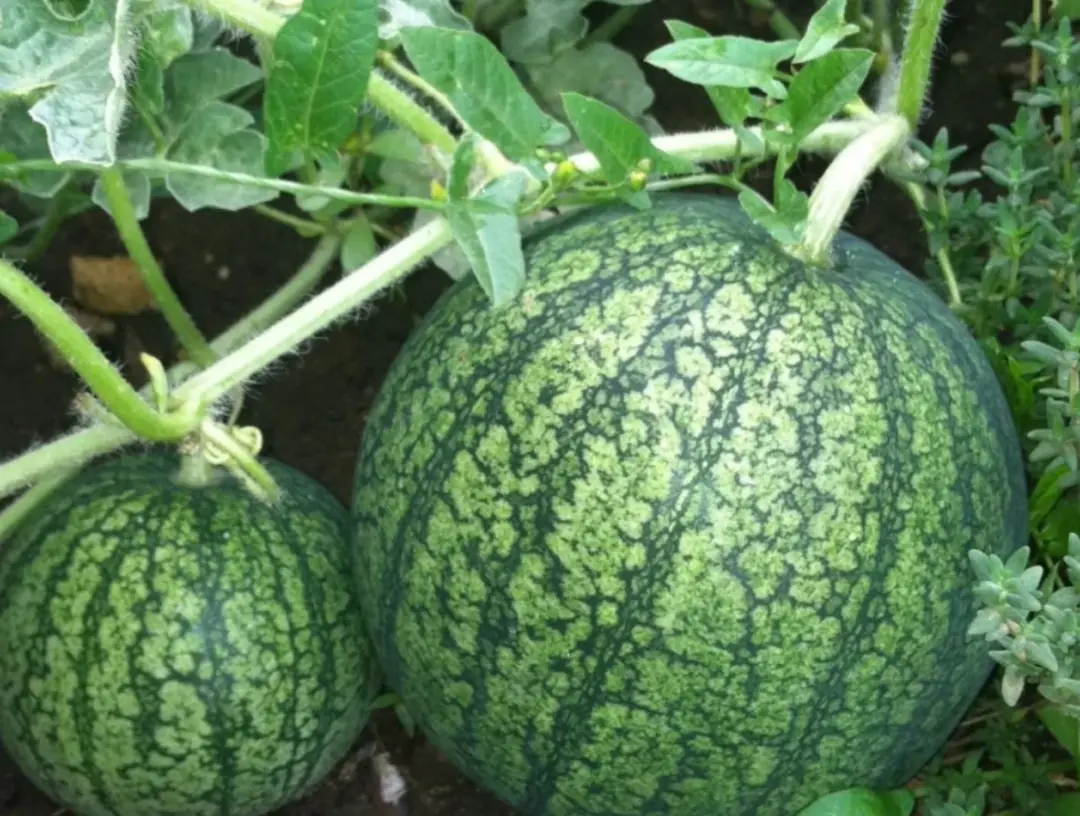
Burning incense to ancestors: avoid offering these 3 types of fruit, delicious and beautiful but harmful to feng shui
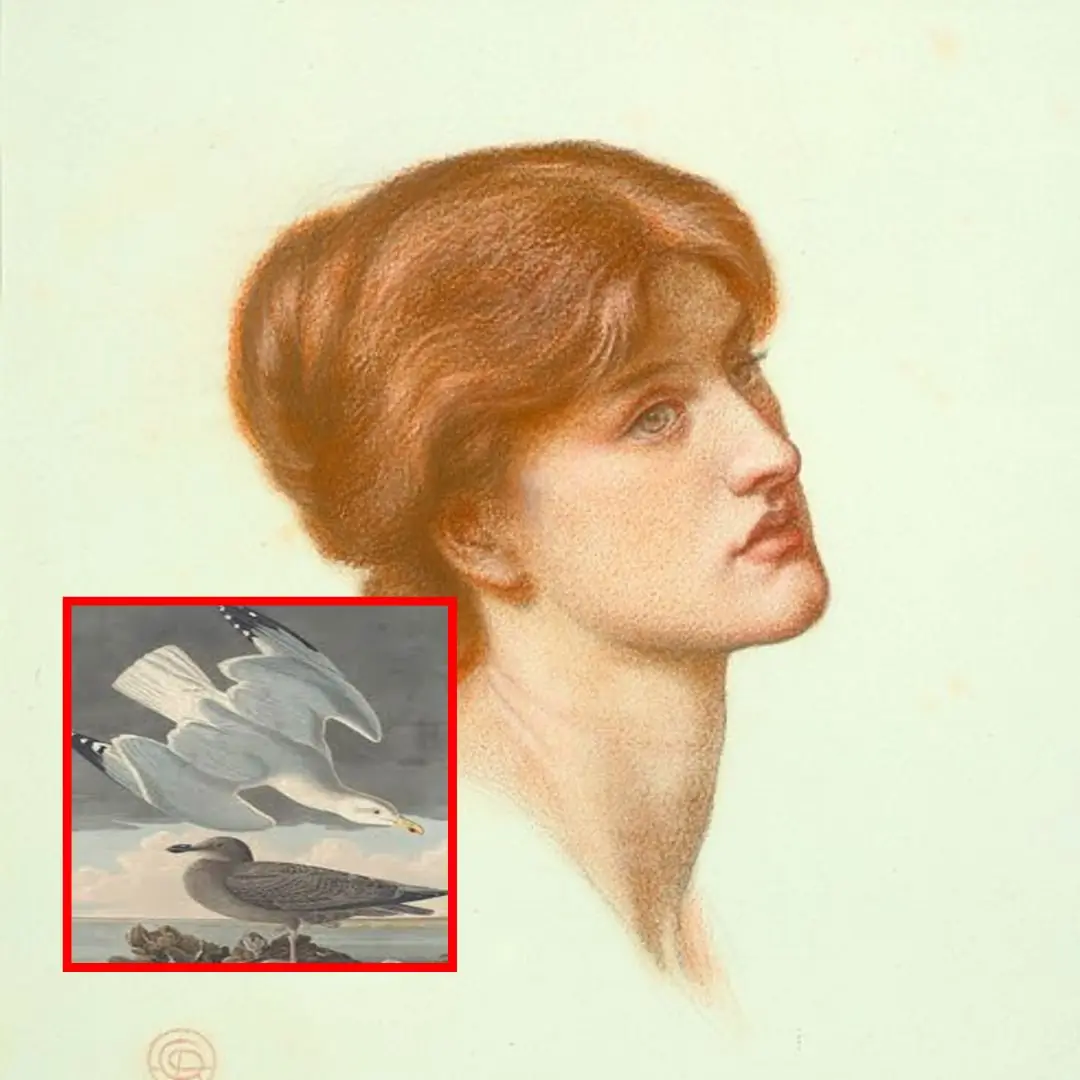
On the Gull's Road

5 Gorgeous Greenhouse Ideas To Transform Your Yard!

4 Harmful Habits That Weaken Male Vitality: Avoid Them Before It's Too Late
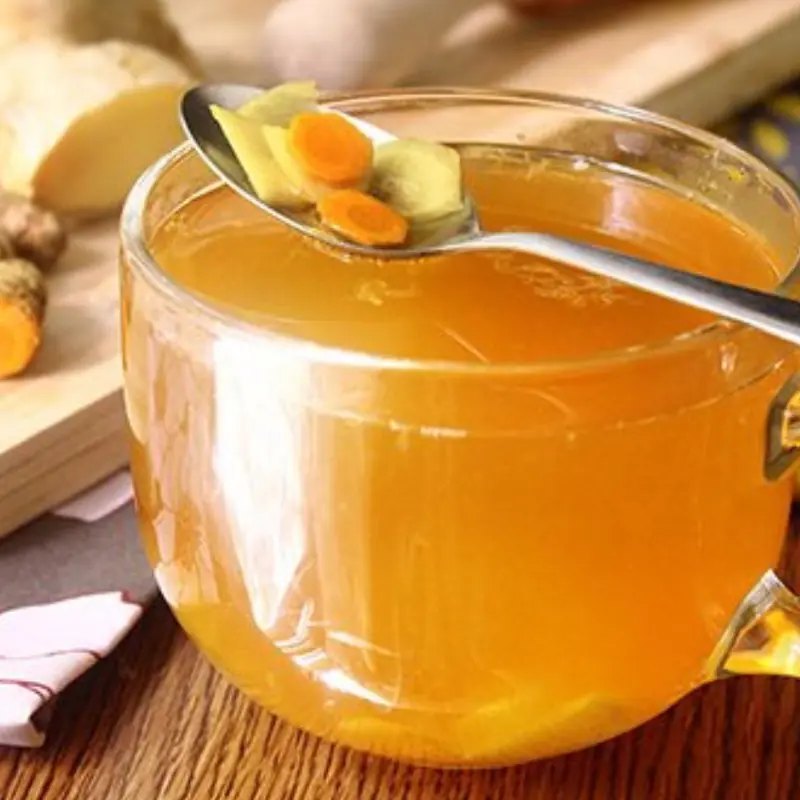
Don’t Drink Only Plain Water in the Morning: These 5 Drinks Are Much More Beneficial — Especially Number 2
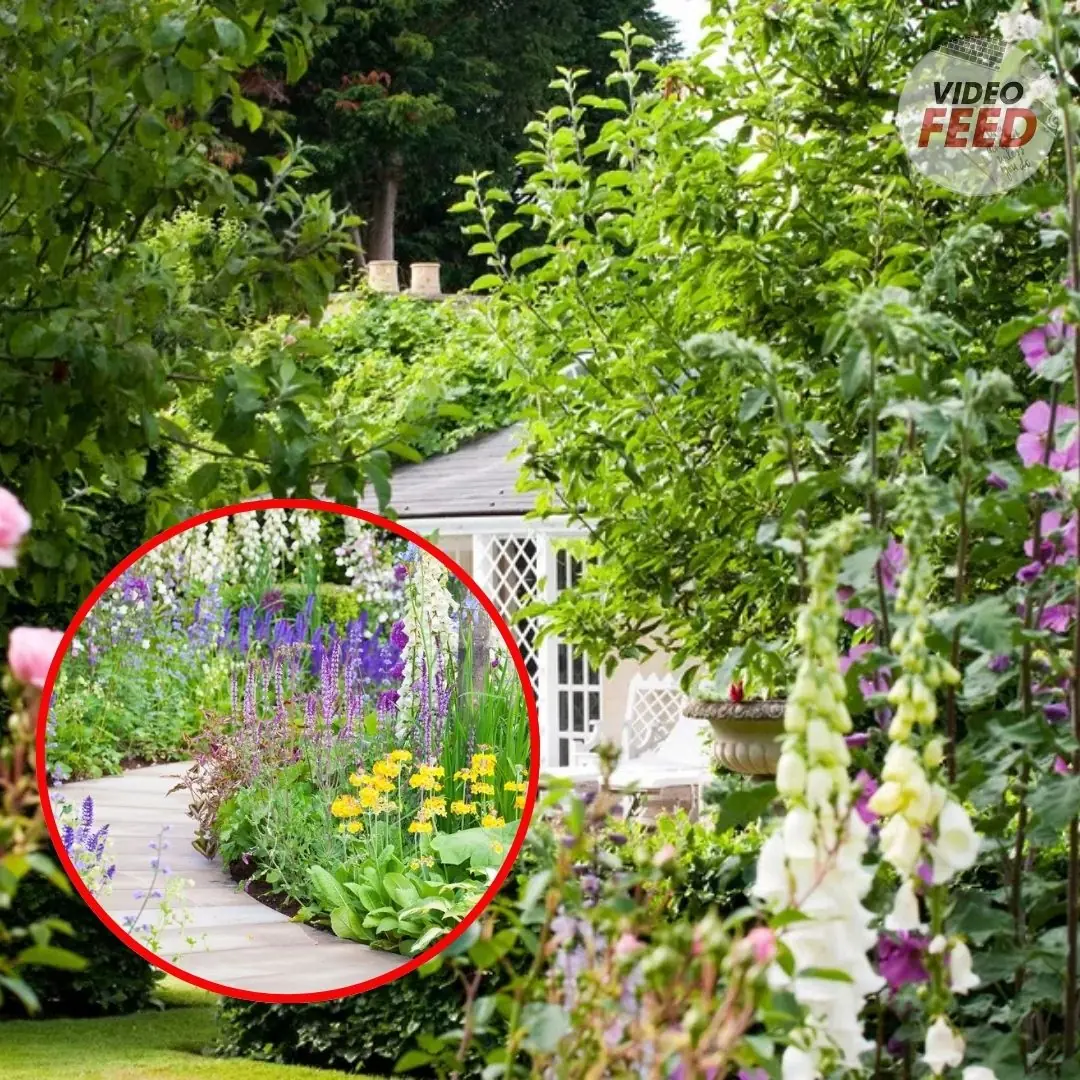
English garden ideas – 13 design tips to get a classic or more informal look

5 Charming Cottage Garden Ideas for a Storybook Yard

Young Goodman Brown
